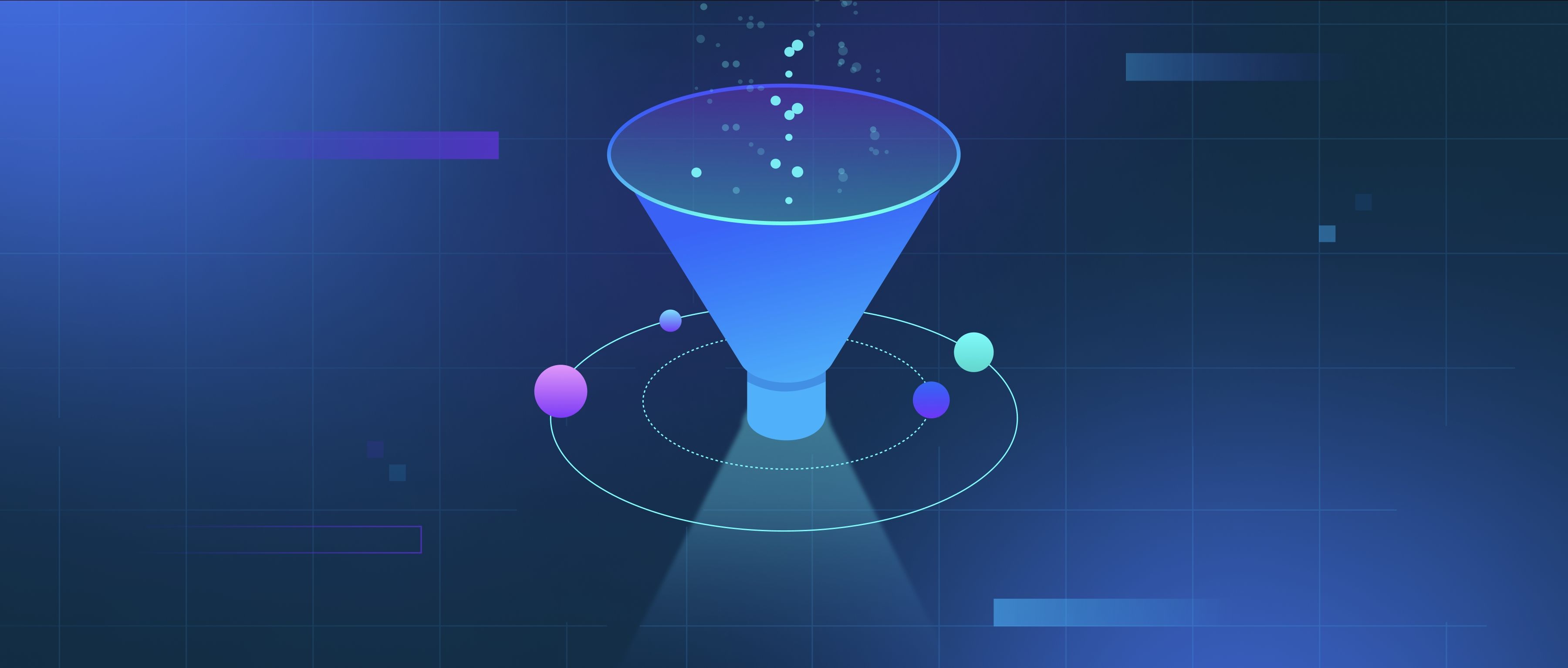Qubits, or quantum bits, are the fundamental units of information in quantum computing, functioning similarly to classical bits in traditional computers. However, the key difference lies in how they represent and process information. A classical bit can exist in one of two states: 0 or 1. In contrast, qubits can exist in multiple states simultaneously due to a property known as superposition. This means that a qubit can be in a state representing 0, a state representing 1, or a combination of both states at the same time, allowing for much richer information processing than a classical bit can provide.
Another significant aspect of qubits is their ability to be entangled. This means that the state of one qubit can be directly related to the state of another, no matter how far apart they are. When qubits are entangled, measuring one qubit immediately gives information about the other qubit’s state. This property allows quantum computers to solve certain types of problems much more efficiently than classical computers. For example, in algorithms like Shor's algorithm for factoring large numbers, entanglement can help perform calculations that would take classical computers an impractical amount of time.
In practical terms, while classical bits are used to represent data in a straightforward manner (such as in binary, where a switch can be on or off), qubits leverage their unique properties to perform complex computations simultaneously. This capability opens new doors for solving problems in fields like cryptography, optimization, and simulation of quantum systems. Each qubit can potentially store exponentially more information than a classical bit due to superposition and can interact in ways that classical bits cannot. As a result, quantum computing has the potential to perform certain calculations far more efficiently than traditional computing methods.
